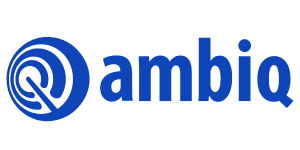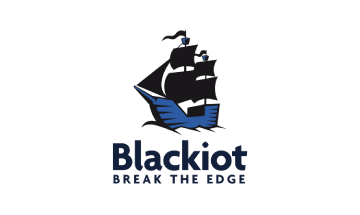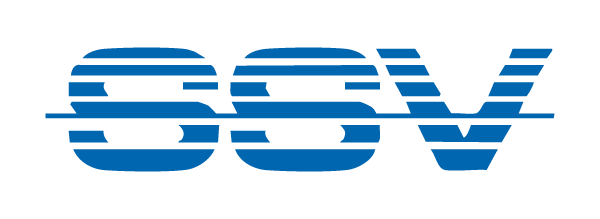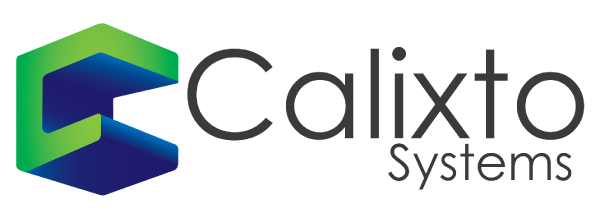


The mikroBUS™ socket comprises a pair of 1×8 female headers with a proprietary pin configuration and silkscreen markings. The pinout (always laid out in the same order) consists of three groups of communications pins (SPI, UART and I2C), six additional pins (PWM, Interrupt, Analog input, Reset and Chip select), and two power groups (+3.3V and 5V).
mikroBUS™ standard specifications
mikroSDK makes application code portable, and reusable on many different platforms and architectures, with virtually no code changes.
Learn more about mikroSDK
Mikroelektronika Click add-on boards are the easiest way to add sensors, human interface, control, or wireless communications interfaces to your design. Based around the mikroBUS™ interface standard, Click boards™ add incredible capability to any system with ease.
Learn more about Click boards™mikroBUS™ - the add-on board socket standard that offers maximum expandability with the smallest number of pins. Integrate it into your design and open the doors of thousands of possibilities by using compatible Click boards™.
Adding a mikroBUS™ socket to your design allows you to utilize the ever-expanding range of Click boards™. Sensors, wireless transceivers, audio amplifiers, LED displays and more. It is the simplest way to add maximum connectivity. All the major vendors have accepted the mikroBUS™ standard and added it to their development boards, so join the revolution.
If you are interested adding the mikroBUS on your board and would like Mikroe to do review as well as promotion of that board, please send us a direct message.

116 boards

37 boards

30 boards

19 boards

15 boards

11 boards

11 boards

10 boards

9 boards
8 boards

7 boards

7 boards

7 boards

6 boards

6 boards

6 boards

6 boards

5 boards

5 boards

5 boards
4 boards

4 boards

4 boards

4 boards

3 boards

3 boards

3 boards

3 boards

3 boards

3 boards

3 boards

3 boards

3 boards

3 boards

2 boards

2 boards

2 boards

2 boards

2 boards

2 boards

2 boards

2 boards

2 boards

2 boards

2 boards

1 boards

1 boards

1 boards

1 boards

1 boards

1 boards

1 boards

1 boards

1 boards

1 boards

1 boards

1 boards

1 boards

1 boards

1 boards

1 boards

1 boards

1 boards

1 boards

1 boards

1 boards

1 boards

1 boards

1 boards

1 boards

1 boards

1 boards

1 boards

1 boards

1 boards

1 boards

1 boards

1 boards

1 boards

1 boards

1 boards

1 boards

1 boards

1 boards

1 boards

1 boards

1 boards

1 boards

1 boards

1 boards

1 boards

1 boards

1 boards
1 boards

1 boards

1 boards

1 boards

1 boards

1 boards

1 boards

1 boards

1 boards

1 boards

1 boards

1 boards

1 boards

1 boards

1 boards

1 boards

1 boards

1 boards

1 boards

1 boards

1 boards

1 boards

1 boards

15 boards

121 boards
List all boards
(601)